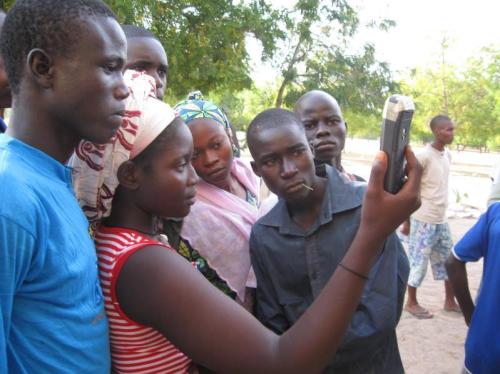Last Friday, Kenyan President Mwai Kibaki inaugurated the Kenya Open Data Initiative (KODI), an online resource to catalog and display the government’s expenditures—launching the ICT pioneering country into a new epoch of transparency and accountability.
The new initiative is a crucial step for Kenyan citizens to monitor public spending amid previous corrupt practices, including the alleged manipulation of the 2007 elections.
Kenya ranked 154 out of 178 total countries in Transparency International’s 2010 Corruption Perceptions Index.
The KODI contains 160 datasets arranged by country-level and county, and is organized within various sectors, including: education, energy, health, population, poverty, along with water and sanitation. Information for the datasets were taken from national census, government ministries, and information from the World Bank.
Prior to creating this information platform, the Kenyan government seldom made statistics and information on these sectors publicly available, or would postpone their release.
Now, however, they are taking a participatory approach to following the new 2010 Kenyan Constitution requiring the government to make information on the country publicly accessible.
On its homepage, the KODI website asserts the new transformation taking place:
Our information is a national asset, and it’s time it was shared: this data is key to improving transparency; unlocking social and economic value; and building Government 2.0 in Kenya
The platform allows citizens to actively engage on the information they want, and need to know.
Users of the open data portal can create interactive charts and tables, and developers can download the raw data to build applications for web and mobile. Additionally, users can press a “suggest a dataset” icon, which aggregates the requests for new information and sorts them according to relevance.
According to the Guardian, Kenyans have already made mass requests for data on youth unemployment, libraries, crime, and the locations of primary and secondary schools.
The data portal is managed by the Kenya ICT Board in partnership with the World Bank, and is powered by Socrata.
In addition to managing the data, the Kenya ICT Board plans to award groups and individuals who configure the data advantageously, intending to give out up to thirty grants to those with the best ideas.
A series of valuable initiatives have already been taking place.
Huduma (Kiswahili for “service”), derived from Ushaidi, has already started to use statistics collected on health, infrastructure, and education to compare the provision of aid across different districts of Kenya. Business Daily, a Nairobi-based news service, had announced plans to publish a series of articles on the newly released applications and services. Virtual Kenya built an application mapping counties where Members of Parliament declined to pay taxes.
Kenyan entrepreneurs are now in charge of publicizing this information and making it user-friendly.
Though the Kenyan government has been lambasted for a lack of transparency and accountability in the past, this open source data program allows Kenyan citizens to recognize development challenges and foster their own solutions—leading themselves and their county into a new era of progressive growth.


























































